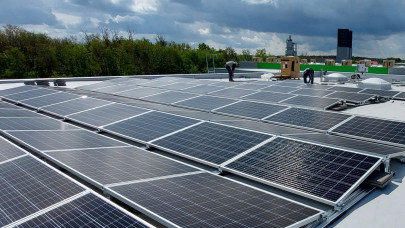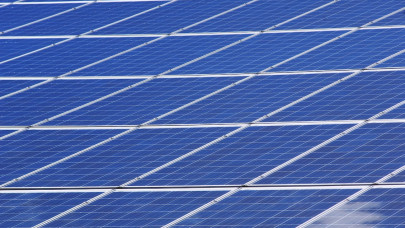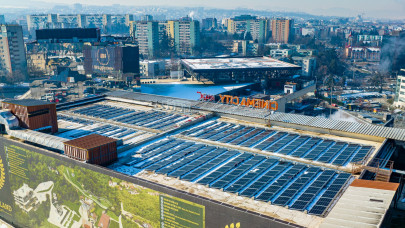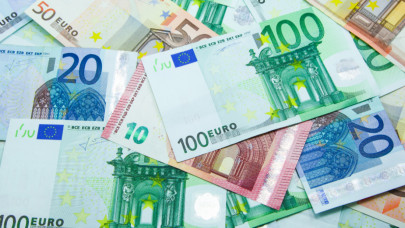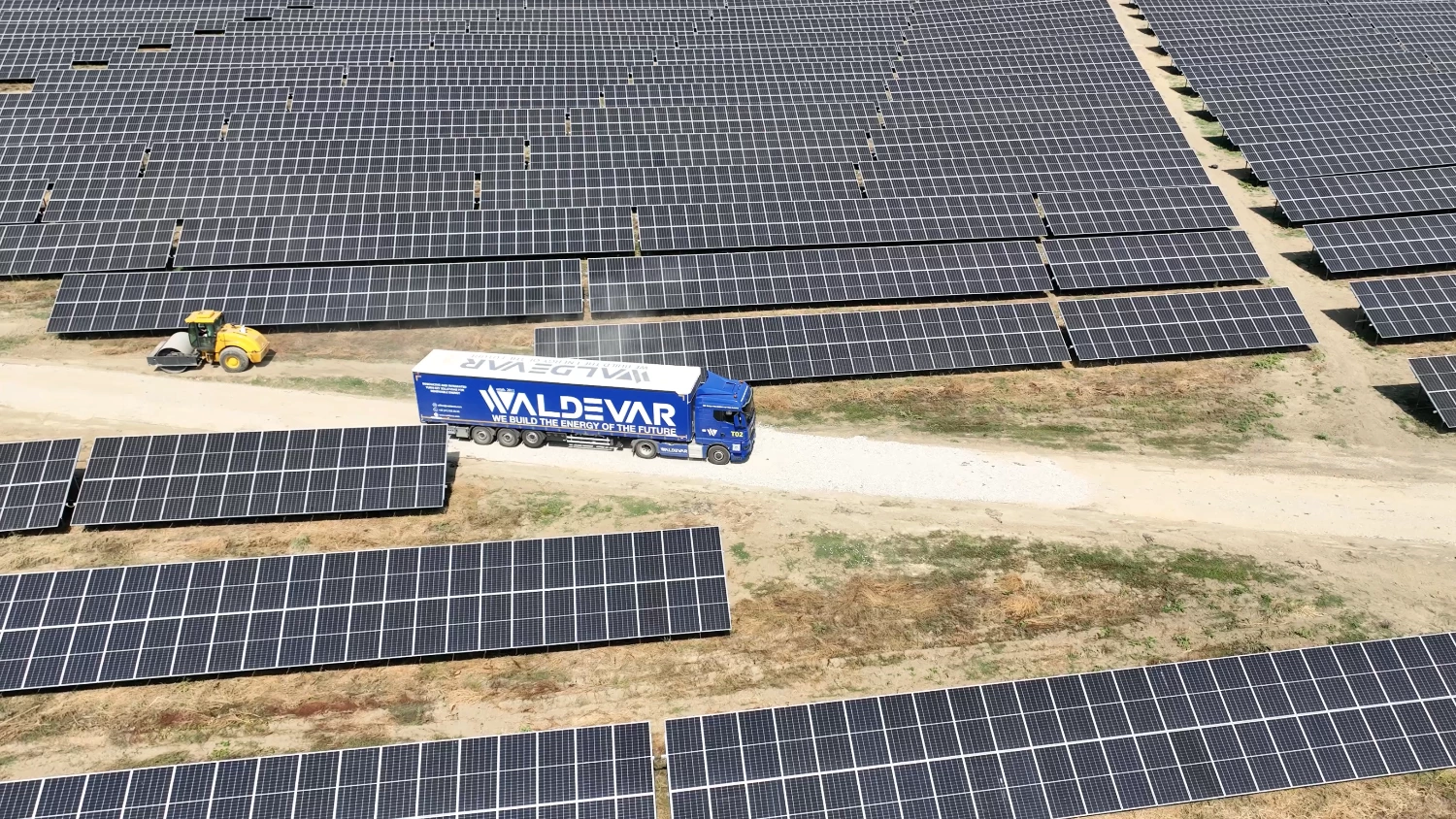The EU's GDP remained stable, recording a slight increase (0.2% in the fourth quarter of 2023 compared to the same period in 2022).
In the period October-December 2023, the economic sectors responsible for the largest reductions compared to the fourth quarter of 2022 were: electricity and gas supply (down 17.2%) and industry (3.1%). Household emissions remained almost stable.
Eurostat estimates that in the fourth quarter of 2023, greenhouse gas emissions decreased in 22 EU member states compared to the period of October-December 2022. The largest decreases are estimated in Estonia (down 23%), Bulgaria (down 17%), and Finland (down 9%).
Out of the 22 EU member states where greenhouse gas emissions decreased, 10 experienced an economic decline: Estonia, Finland, Sweden, Germany, Austria, Ireland, Latvia, Lithuania, the Netherlands, and Luxembourg. Hungary maintained its GDP at the same level while reducing emissions. Another 11 EU member states: Bulgaria, Belgium, the Czech Republic, Denmark, Italy, Spain, France, Poland, Portugal, Romania, and Croatia reduced their emissions while experiencing economic growth.
Increases are estimated for Malta (7.7%), Slovenia (5.6%), Cyprus (2.3%), Slovakia (1.7%), and Greece (0.3%). All five member states recorded economic growth: Malta (4.3%), Slovenia (2.2%), Cyprus (2.1%), Slovakia (2.2%), and Greece (1.1%).
The EU has set a target to reduce greenhouse gas emissions by 55% by 2030 compared to 1990 levels, aiming for climate neutrality by 2050.




